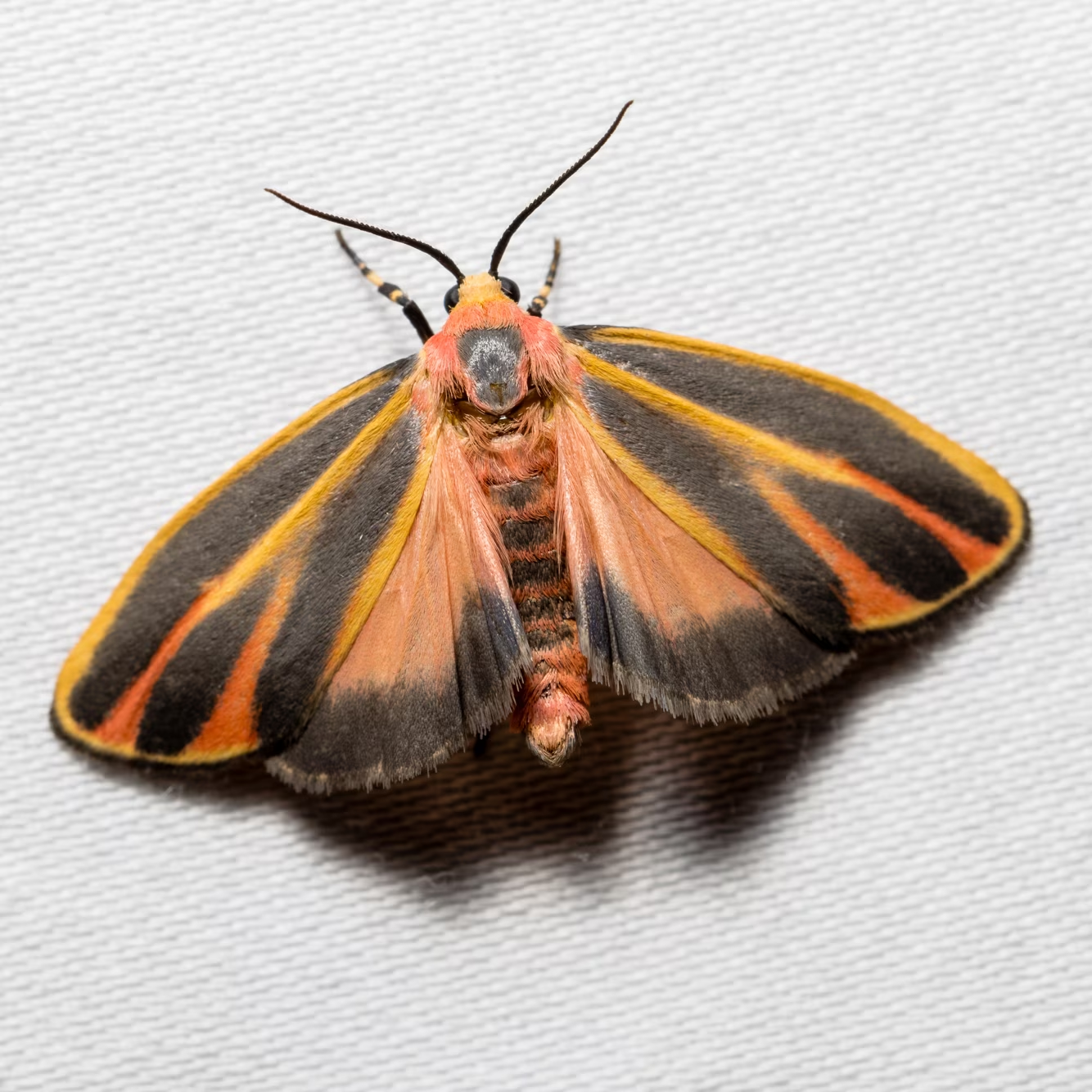
Lepidoptera, the scientific order that includes butterflies and moths, are often celebrated for their beauty and the wonder they inspire. However, their contributions to the ecosystem extend far beyond their vibrant colors and graceful flight patterns. These insects play crucial roles in maintaining ecological balance and supporting various environmental functions. While their benefits may not always be immediately obvious, the presence and behavior of Lepidoptera have a profound impact on ecosystems worldwide. Here are seven surprising ways in which these fascinating insects benefit the environment.
Pollination of Plants
One of Lepidoptera’s most well-known ecological roles is its contribution to pollination. While bees and birds are often seen as the primary pollinators, butterflies, and moths are also highly effective in transferring pollen between flowers. Their long, slender bodies and specialized proboscises allow them to access nectar from various plants, many of which other pollinators cannot reach. In the process, they inadvertently carry pollen from flower to flower, promoting cross-pollination and enhancing plant reproduction. This is particularly important for the survival of plants that rely on Lepidoptera for pollination, including many wildflowers and fruit-bearing plants.
Supporting Food Chains
Lepidoptera is an essential food source for numerous animals in their various life stages. The larvae (caterpillars) are a high-protein food source for birds, small mammals, and other predators. As adult butterflies and moths, they are preyed upon by birds, bats, and other insectivores. This makes them a vital link in the food chain, helping sustain other wildlife populations. Without Lepidoptera, many species would face significant declines due to losing a key food source, disrupting entire ecosystems.
Soil Aeration Through Larval Activity
As the larval stage of Lepidoptera, caterpillars play a surprisingly beneficial role in soil health. Many caterpillars feed on plants and drop to the ground, burrowing into the soil. This activity helps aerate the soil, allowing air and water to penetrate more effectively. Caterpillars facilitate root growth and improve soil fertility by breaking up the soil structure. This process can lead to healthier plants and contribute to a more robust and diverse plant community, which, in turn, supports a thriving ecosystem.
Natural Pest Control
While lepidoptera larvae may sometimes be considered pests due to their tendency to eat crops and ornamental plants, they also serve as natural pest controllers. Some species of moths and butterflies are essential predators in their own right, feeding on the larvae of other harmful insects. For example, certain species of caterpillars target aphids and other plant-damaging pests. By helping to regulate populations of these destructive insects, Lepidoptera can reduce the need for chemical pesticides, promoting a healthier and more sustainable agricultural environment.
Indicating Ecosystem Health
Lepidoptera are highly sensitive to environmental changes, making them excellent indicators of ecosystem health. Due to their dependence on specific host plants and their sensitivity to pollution, habitat loss, and climate change, declines in Lepidoptera populations can signal broader environmental issues. Conservationists and ecologists often monitor butterfly and moth populations to assess ecosystems’ health and detect potential problems before they escalate. By studying these insects, scientists can gather valuable data that helps to inform conservation efforts and guide environmental policies.
Enhancing Biodiversity
Lepidoptera contributes to ecosystem biodiversity. They occupy various ecological niches, from herbivores in their larval stage to pollinators and prey animals as adults. This diversity of roles ensures that Lepidoptera supports a range of other species and contributes to ecosystem complexity and resilience. Moreover, different species of butterflies and moths often have specialized relationships with certain plants, creating unique ecological interactions. These interactions can help sustain plant diversity and the animals that depend on these plants for food or shelter.
Soil Fertilization from Decomposing Bodies
After Lepidoptera die, their decomposing bodies contribute to nutrient cycling in ecosystems. Like other organisms, they release organic matter into the soil, enriching it with essential nutrients such as nitrogen and carbon. This process contributes to the fertility of the soil and supports the growth of plants that sustain a wide variety of other species. The decomposition of Lepidoptera also plays a key role in the breakdown of organic material in ecosystems, which helps maintain the health and productivity of soil over time.
While Lepidoptera are often admired for their aesthetic beauty, their ecosystem contributions are far more significant than many realize. From pollinating plants and supporting food chains to improving soil health and promoting biodiversity, these insects play a vital role in maintaining ecological balance. As indicators of ecosystem health and natural pest controllers, they also provide essential services that help sustain the environment in the long term. Protecting Lepidoptera and their habitats benefits these insects and the countless species that depend on their services, including humans.